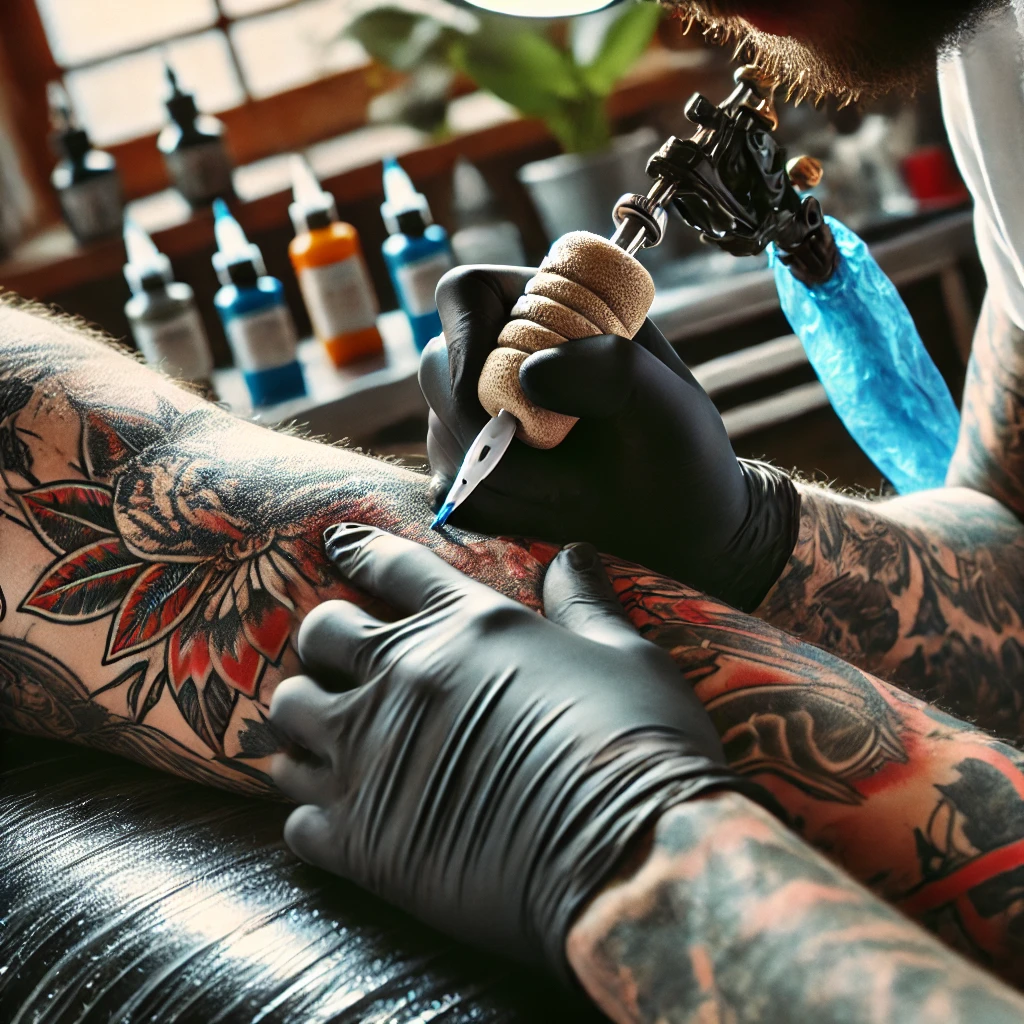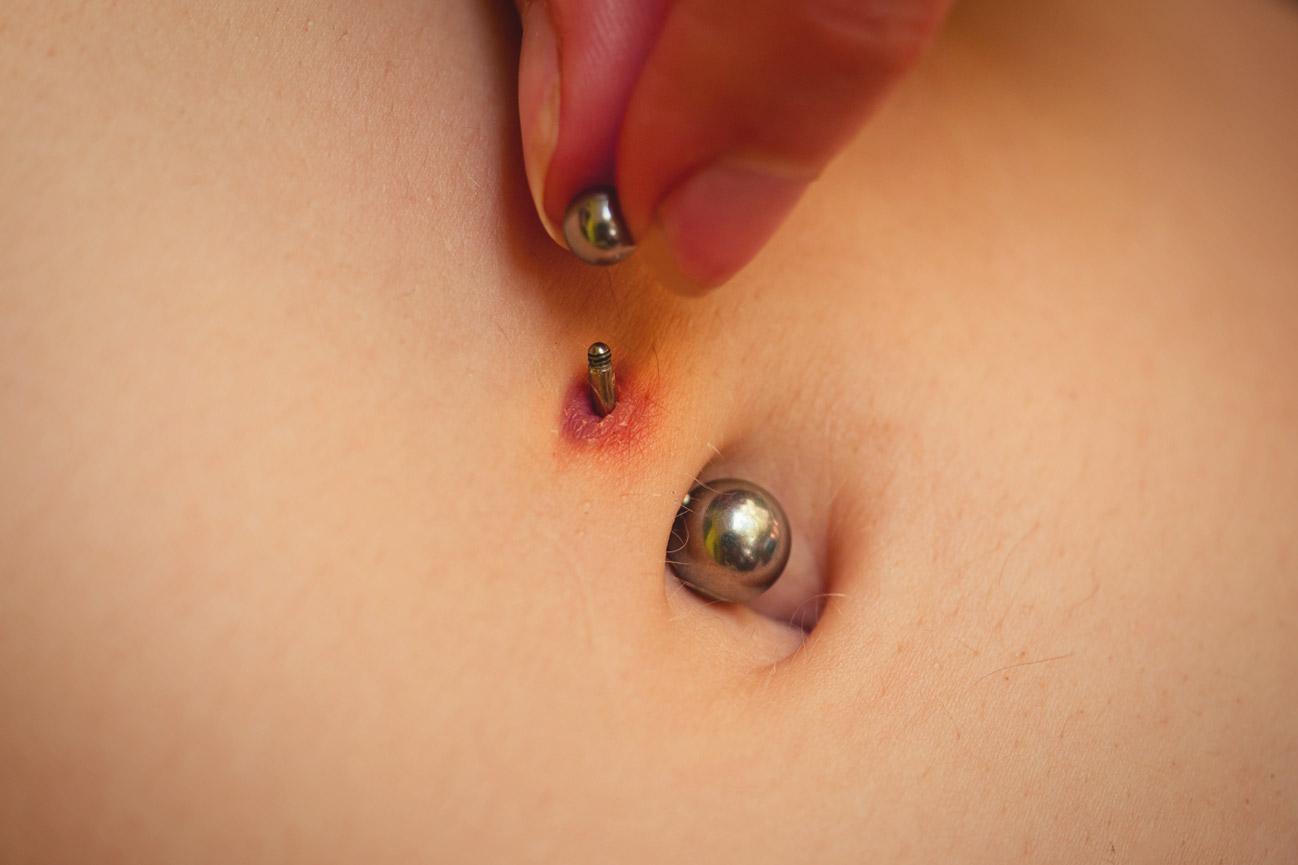Tattoos are an intensely personal form of art, and like any masterpiece, they can benefit from a bit of restoration over time. While tattoos are designed to be permanent, various factors can affect their vibrancy and clarity.
Knowing when and how to approach a touch-up can be the key to keeping your ink looking its best for years to come.
The Inevitability of Fading: Why Tattoos Need a Refresh
- Sun Exposure: UV rays are a tattoo’s worst enemy. They break down the pigment molecules, leading to noticeable lightening and color shifts.
- Skin Type: Individuals with fairer skin may notice fading sooner than those with darker complexions, as melanin provides some natural protection against UV damage.
- Tattoo Placement: Tattoos located on high-friction areas, such as hands and feet, tend to fade faster due to constant wear and tear.
- Ink Quality: The quality of the pigments used and the artist’s technique can significantly impact a tattoo’s longevity.
Recognizing the Signs: When to Consider a Touch-Up
There’s no hard and fast rule for when a touch-up is necessary. Some tattoos may retain their brilliance for decades, while others might require a refresh after a few years. Pay attention to these signs:
- Significant Fading: If your tattoo has lost its vibrancy and the colors appear muted or dull, a touch-up can restore its original brilliance.
- Blurry Lines: Over time, the fine lines of a tattoo can start to blur or thicken. A skilled artist can re-establish those crisp edges.
- Color Changes: Certain pigments, especially lighter shades, may change color over time. A touch-up can correct any unwanted shifts.
- Overall Dissatisfaction: If you’re simply unhappy with how your tattoo looks, don’t hesitate to consult an artist.
If you’re unsure whether your tattoo needs a touch-up, visiting a reputable tattoo shop in Austin or elsewhere can provide valuable guidance.
The Touch-Up Process: What to Expect
A touch-up is generally a straightforward procedure. The artist will assess the tattoo’s condition and discuss your desired outcome. They will then carefully match the existing ink colors and apply new pigment to the faded areas.
Here are some tips for a successful touch-up:
- Choose Your Artist Wisely: Select an artist who specializes in touch-ups and has a portfolio showcasing their work.
- Prepare Your Skin: Keep your skin well-hydrated and avoid sun exposure leading up to your appointment.
- Follow Aftercare Instructions: Proper aftercare is crucial for a successful touch-up.
Embrace the Evolution: Tattoos as Living Art
Remember, tattoos are living art. They evolve with you and tell the story of your journey. Don’t be afraid to embrace the natural fading process and see it as an opportunity to enhance and personalize your ink. A touch-up is not just about restoration; it’s a chance to re-engage with your tattoo and reaffirm its significance.
Selecting the Right Artist: Research and Referrals
Finding a skilled artist for your touch-up is crucial. Don’t rush the decision. Research different artists, browse their portfolios online, and look for reviews from other clients. Ask friends or fellow tattoo enthusiasts for recommendations.
At Platinum Ink Tattoo & Body Piercing, we are ready to handle the touch-up work for you.
Color Matching Mastery: A Key Skill
One of the most critical aspects of a successful touch-up is precise color matching. The artist must be adept at blending the new ink with the existing faded pigments. This requires a keen eye for color and an understanding of how different inks age.
Techniques for Touch-Ups: From Subtle to Bold
Touch-ups can range from subtle enhancements to more dramatic transformations. Depending on the extent of fading and your desired outcome, the artist might use various techniques:
- Simple Re-Coloring: For tattoos with minimal fading, a straightforward reapplication of color may be sufficient.
- Linework Reinforcement: If the lines have blurred, the artist can carefully trace and sharpen them.
- Color Correction: In cases where the original ink has shifted or faded unevenly, the artist can adjust the colors to restore balance.
- Adding Details or Shading: Some touch-ups involve adding new elements or shading to enhance the overall design.
Touch-Up Pricing: Factors to Consider
The cost of a touch-up can vary depending on several factors:
- Size of the Tattoo: Larger tattoos naturally require more time and ink, thus increasing the price.
- Complexity of the Design: Intricate designs with multiple colors or fine details may be more expensive to touch up.
- Artist’s Experience and Reputation: Highly skilled and sought-after artists typically charge higher rates.
- Geographic Location: Prices can differ depending on the region and local market rates.
It’s best to get a personalized quote from the artist after they’ve assessed your tattoo.
Preparing for Your Touch-Up: Pre-Appointment Tips
To ensure a smooth and successful touch-up session, follow these tips:
- Consult with Your Artist: Discuss your goals and expectations with the artist beforehand.
- Bring Reference Photos: If you have pictures of your tattoo when it was fresh, share them with the artist.
- Moisturize Your Skin: Keeping your skin hydrated will help it heal more quickly after the touch-up.
- Protect from the Sun: Avoid sun exposure on the tattoo area for at least a few weeks before your appointment.
- Follow Any Specific Instructions: Your artist may have additional recommendations based on your individual tattoo.
Aftercare Essentials: Nurturing Your Revived Ink
Proper aftercare is crucial for a successful touch-up. Follow your artist’s instructions carefully. This typically involves keeping the area clean, applying a healing ointment, and avoiding activities that could irritate the skin. Protecting the tattoo from the sun is especially important to prevent fading.
Beyond Touch-Ups: Alternative Options
In some cases, a touch-up may not be the ideal solution. If your tattoo has faded significantly or you’re unhappy with the original design, consider these alternatives:
- Cover-Up: A skilled artist can create a new design to cover up the old tattoo completely.
- Laser Removal: Laser technology can break down the pigment in the tattoo, gradually fading it over multiple sessions.
- Reworking: If you like the general concept of your tattoo but want some changes, the artist might be able to rework it to better suit your preferences.




